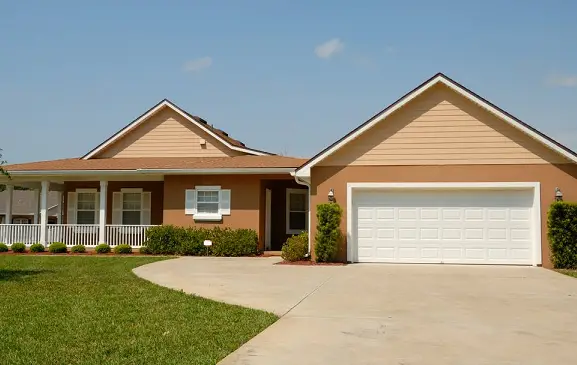Following the US Federal Reserve’s aggressive campaign of tightening the monetary supply, home loan rates in the United States have skyrocketed to the highest levels seen in over 20 years, rising close to 8 percent this week.
According to data from Mortgage News Daily, on Tuesday, the average 30-year fixed mortgage reached 7.49% for the first time since late in the year 2000, applying further downward pressure on the post-Covid housing market.
According to the Mortgage Bankers Association, for a sixth week, home purchase applications dropped, reaching the lowest levels since 1995, as the increasing costs drove home-ownership out of reach for many Americans.
TJM Institutional Services managing director James Iuorio said in an interview with Fox Business, “As time goes on and people have to roll out of those 30-year loans that they have, I think we’re going to see the effects in housing are going to be dire, but it’s going to take longer this time than before.”
Due to traders increasingly expecting to see higher rates lasting for longer than had been forecast, the yields on the 10-year Treasury bond, which affects mortgage rates, as well as other forms of borrowing, have been sitting at near 16-year highs.
According to Bloomberg, a majority of US officials are still expecting upside risks to inflation, which will result in further rate hikes. The outlet went on to point out that as borrowing costs rise, it will keep mortgage costs high, and that will continue to pressure the residential housing market.
In July, home sales declined as homeowners who had previously locked in lower interest rates on their existing mortgages in their current homes shied away from selling and moving to a new home which would be mortgaged at the higher, current rates.
According to data from the National Association of Realtors, sales of previously owned homes fell 16.6% compared to July 2022.
The highest point US mortgages ever reached was in 1981, when the annual average rate was 16.63%.

